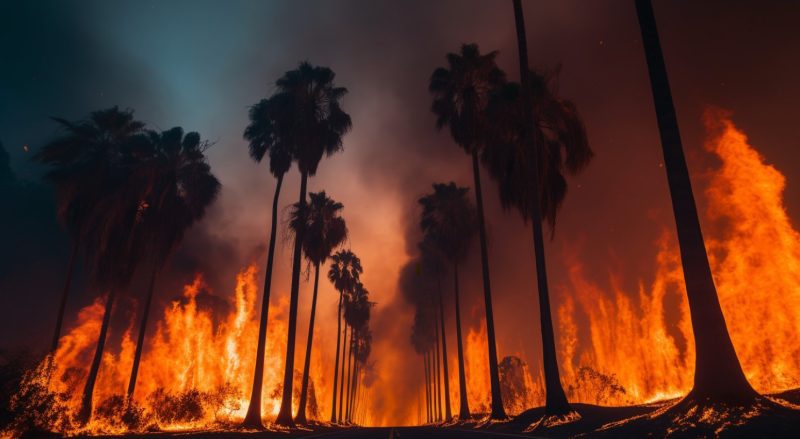
The devastation caused by the recent wildfires in Maui has left an indelible mark on the island and its inhabitants, shedding light on larger challenges facing Hawaii and the world.
Lahaina: Ground Zero of the Devastation
Enormity of Destruction
Lahaina, the resort town in western Maui, has borne the brunt of the damage. Over 2,000 structures have been destroyed or damaged, with 86% being residential buildings. Over 1,700 structures were destroyed, including iconic landmarks such as the Baldwin Home Museum and a 150-year-old banyan tree.
Human Toll and Tragedy
The death toll from the Lahaina fire reached 80, marking it as Hawaii’s deadliest natural disaster. Thousands have been rendered homeless, and the scale of the disaster surpasses previous events in the state.
Economic Implications
The estimated cost for rebuilding stands at $5.52 billion, a figure that encompasses not just the structural damage but also the long-term impact on the community.
Response and Aid
Government and Agency Efforts
FEMA, along with rescue teams from California and Washington, provided support, including food and water for 5,000 people. However, Congresswoman Jill Tokuda criticized the state’s emergency response, particularly the lack of cell phone coverage. The federal government is considering disaster relief funding, but insurance concerns are on the rise.
Community Support and Challenges
Residents have returned to Lahaina, where most of the town was destroyed. The Maui Food Bank struggles with limited resources amid a surge in demand. Private individuals like Oprah have also stepped in to aid evacuees.
Climate Change and Global Perspective
The Maui fires, fueled by drought and strong winds, are symptomatic of a global trend where wildfires are prompting mass evacuations from Europe to Canada. Experts are drawing connections between the increase in such disasters and human-induced climate change, urging a reduction in emissions.
An Urgent Call to Action
The wildfires in Maui present a stark and harrowing picture of the challenges that lie ahead, not just for Hawaii but for humanity as a whole. The events in Lahaina should serve as a powerful reminder that immediate action is needed to address climate change and to invest in robust disaster response systems. In an era where scientific predictions are manifesting in real-time, the situation in Maui must be a catalyst for global collaboration, political commitment, and individual responsibility. The world’s eyes are on Hawaii, and the time to act is now.
